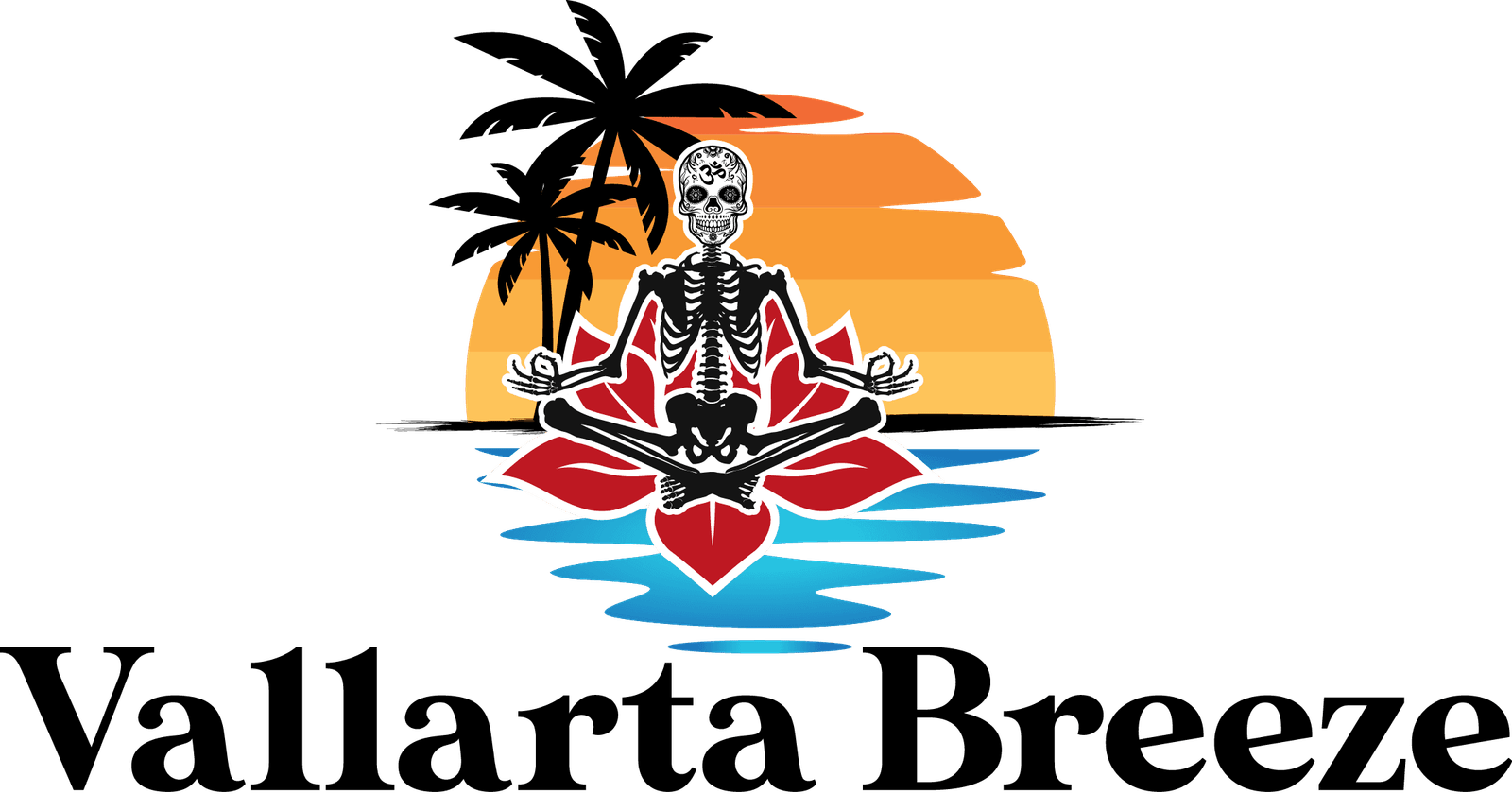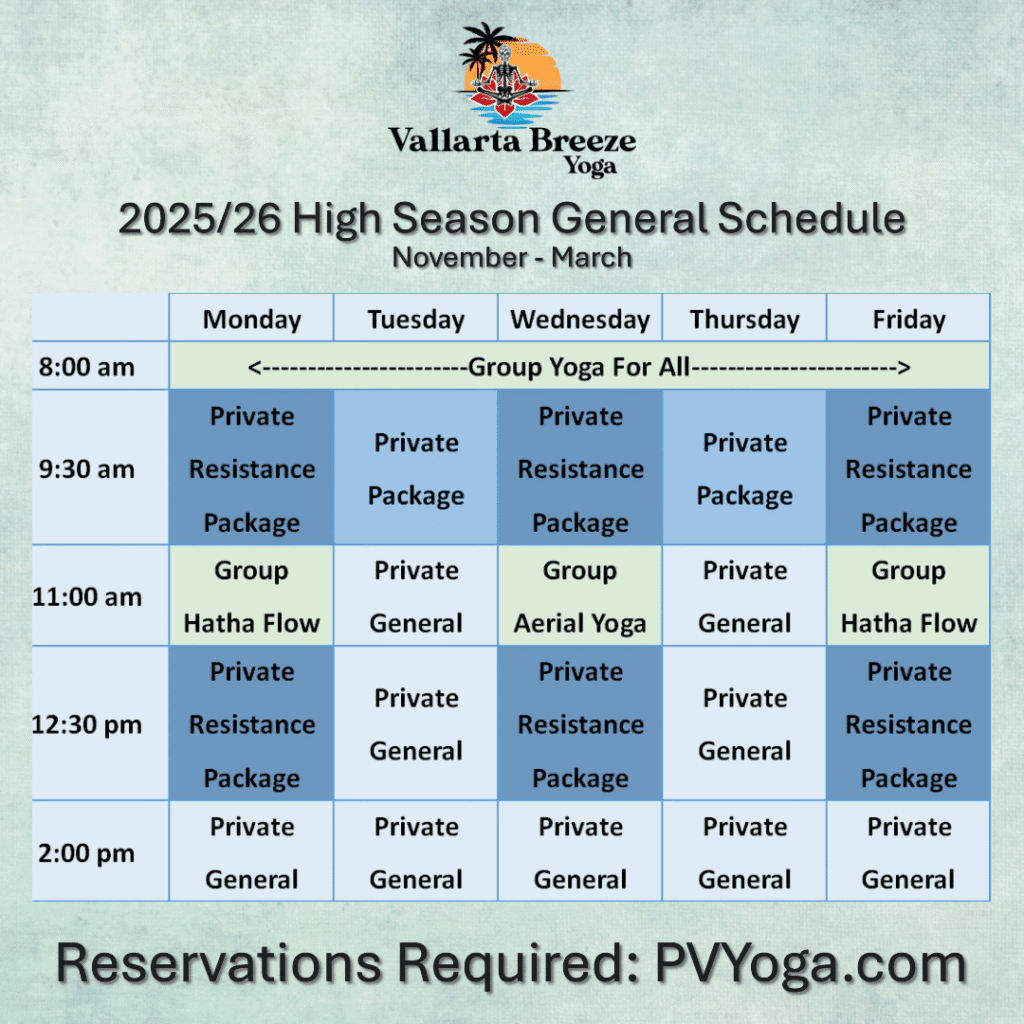Yoga Sutra 3.7 | Trayam antarangam purvebhyah
Yoga Sutra 3.7 in Context
Sanskrit Text:
Trayam antarangam purvebhyah.
Literal Translation:
“These three (Dharana, Dhyana, and Samadhi) are more internal than the previous ones.”
Yoga Sutra 3.7 highlights the nature of Samyama—comprising Dharana, Dhyana, and Samadhi—as an internalized practice in comparison to the earlier limbs of Ashtanga Yoga (the Eightfold Path). Patanjali distinguishes these three inner limbs (referred to as Antaranga or internal limbs) from the preceding five external limbs (Bahiranga), which include Yama, Niyama, Asana, Pranayama, and Pratyahara. This sutra marks the transition from preparatory practices to those that delve deeply into the mind and consciousness.
Historical and Cultural Significance
- Inner vs. Outer Practices:
The earlier limbs of Ashtanga Yoga focus on refining the practitioner’s relationship with the external world, including ethical disciplines (Yama and Niyama), physical postures (Asana), breath control (Pranayama), and sense withdrawal (Pratyahara). In contrast, Dharana, Dhyana, and Samadhi shift the focus inward, addressing the workings of the mind and spirit. Swami Vivekananda referred to these internal limbs as “the essence of yoga, where the practitioner turns inward to master the subtler dimensions of the self.” - The Progressive Refinement of Yoga:
This sutra reflects the ancient yogic principle of Adhikara (spiritual readiness). Only after mastering the external limbs can a practitioner advance to the internal limbs, where subtler and more profound work unfolds. The Bhagavad Gita similarly emphasizes internalization as the path toward self-realization, guiding practitioners from action to meditation and, ultimately, to union with the divine. - Parallels Across Traditions:
Many spiritual traditions recognize this inward turn as essential for higher spiritual attainment. For example, in Buddhist meditation, the transition from mindfulness of the body to mindfulness of the mind parallels the distinction between the outer and inner limbs of yoga. This universality underscores the transformative power of inward practice.
Guidelines for Students
- Understanding the Internal Limbs:
Dharana, Dhyana, and Samadhi mark a shift from external techniques to practices that directly engage the inner workings of the mind. This transition requires greater discipline, focus, and subtlety. As Swami Sivananda stated,
“The outer limbs are the foundation, but the inner limbs are the gateway to liberation.“
- Cultivating Readiness:
Students are encouraged to approach the internal limbs only after achieving some proficiency in the outer limbs. Practices like Yama and Niyama establish the ethical grounding needed to sustain deeper meditative work, while Asana and Pranayama prepare the body and mind for stillness. - Turning Inward with Patience:
The internal limbs demand a level of mental stability that is cultivated through sustained effort. Students should allow their practice to evolve naturally, without forcing progress. Swami Krishnananda noted,
“The mind must be like a calm lake—only then can it reflect the higher realities clearly.“
Insights and Strategies for Teachers
- Guiding the Transition:
Teachers play a crucial role in helping students navigate the shift from external practices to internal ones. Emphasize that the earlier limbs are not abandoned but continue to support the practitioner as they move inward. Swami Satchidananda advised,
“The outer limbs stabilize the body and mind, while the inner limbs deepen awareness and insight.“
- Encouraging Stability:
Encourage students to build a strong foundation in the external limbs before delving into Dharana, Dhyana, and Samadhi. Share examples from classical texts or personal experiences to illustrate how this progression leads to a more stable and fulfilling practice. - Fostering Internal Awareness:
Teachers can introduce students to simple practices of Dharana (focused concentration) to help them begin exploring the inner limbs. For instance, focusing on the breath or a mantra can provide a manageable entry point to internalized meditation.
Visualizing the Transition:
Below is a flowchart showing the relationship between the outer and inner limbs:
+--------------------------+
| Outer Limbs: |
| Yama, Niyama, Asana, |
| Pranayama, Pratyahara |
| (External Practices) |
+-----------+--------------+
|
v
+--------------------------+
| Inner Limbs: |
| Dharana, Dhyana, |
| Samadhi (Internal |
| Practices - Samyama) |
+--------------------------+This chart illustrates how the earlier limbs provide the foundation for the deeper internal practices of Samyama.
Philosophical and Practical Takeaways
- Yoga Sutra 3.7 emphasizes the importance of progressing systematically from the external limbs to the internal limbs. This structured approach ensures that practitioners develop the physical, mental, and ethical stability needed for deep meditative work.
- For students, this sutra serves as a reminder that yoga is a journey of inward exploration, where the outer practices support and prepare for the profound transformations of the inner limbs. For teachers, it highlights the importance of guiding students through this progression with patience and care.
- As Swami Vivekananda observed, “The internal limbs of yoga are the essence of meditation, leading the practitioner to the depths of self-awareness and the light of ultimate truth.“
Yoga Sutra 3.7 invites practitioners to honor the interconnectedness of the outer and inner limbs, recognizing that each stage builds upon the last to create a holistic path toward spiritual realization. Through the disciplined practice of both external and internal limbs, the yogi progresses steadily toward liberation.
Continue your growth with the Vallarta Breeze Yoga Puerto Vallarta Yoga Studio!
Whether you’re looking to dive deeper into the physical practice of yoga, The Vedas, Upanishads, Yoga Sutras, or would like to explore our blog, we have a wealth of information available for you! Better yet, join us here in the Vallarta Breeze Yoga Puerto Vallarta Yoga studio, or practice with us online! we’re excited to continue this journey with you. See you on the mat!



